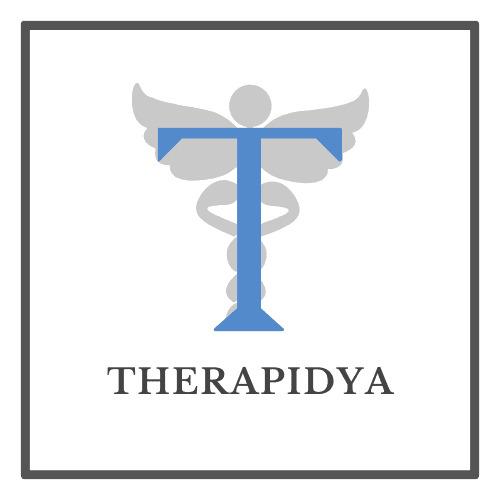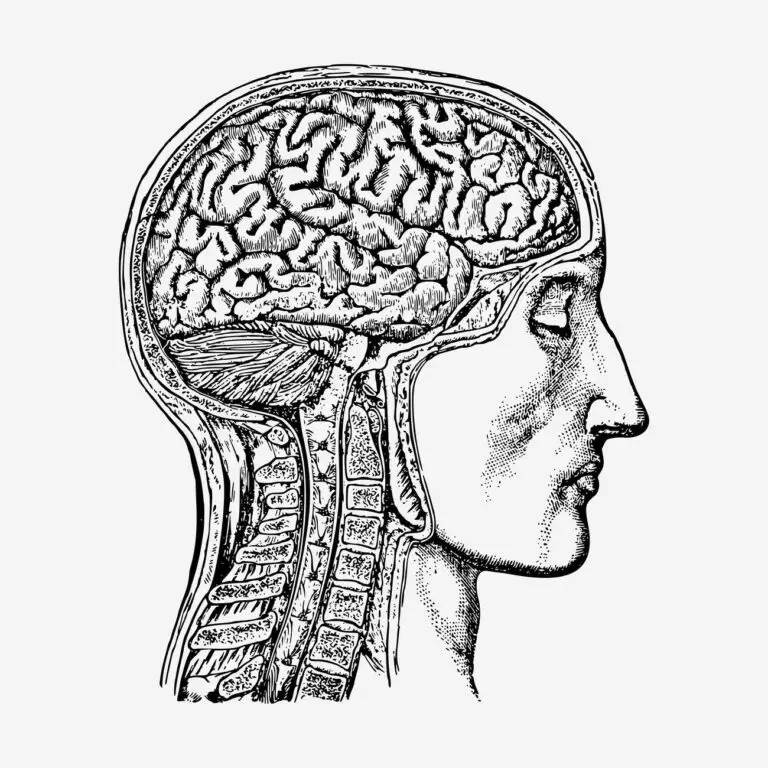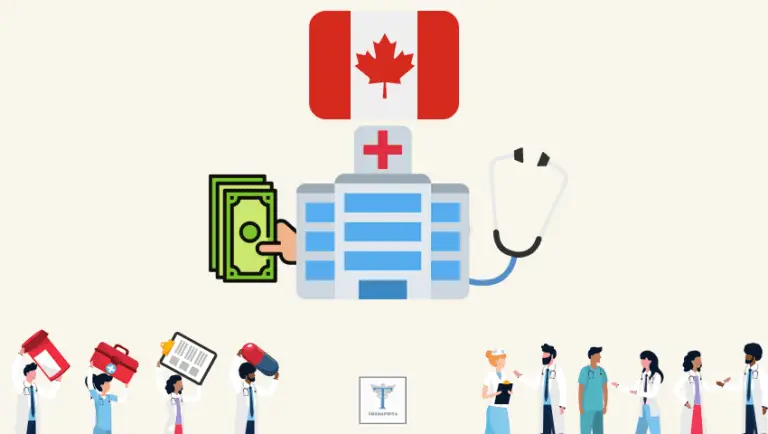Healthcare System in Latvia | Medical Infrastructure | Patient Care Services | Full Guide 2024
An In-Depth Look into Latvia’s Healthcare System
To the outside observer, the Latvian healthcare system might seem like a complex tapestry woven with the challenges of a post-Soviet legacy, yet demonstrating remarkable strides of improvement and modernization. In this article, we’ll journey through the intricate pathways that form this system, highlighting the medical infrastructure, patient care services, and the systems’ unique features coveted by locals and international observers alike, as of 2024.
Understanding the Roots: Latvia’s Healthcare Legacy
In Latvia, the story of healthcare is one of resilient transformation. Following its independence from the Soviet Union, Latvia inherited a system that, although universal, was underfunded and inefficient. The turning point was its accession to the European Union in 2004, which brought investment, regulations, and a gradual overhaul towards patient-centered care.
Today, healthcare provision in Latvia is a responsibility shared by the Ministry of Health and the National Health Service (Nacionālais Veselības dienests – NVD), alongside private sector players. The system is primarily funded through general taxation and mandatory health insurance contributions. In the spirit of “veselība” (health), the Latvian system upholds the principle of universal coverage, ensuring that “ikviena persona” (every person) has access to essential healthcare services.
The Backbone of Health: Latvia’s Medical Infrastructure
Latvia’s medical infrastructure has undergone extensive upgrades. Central to this is the concept of “veselības aprūpe” (healthcare), which ties together the various facets of medical facilities and professionals. State-of-the-art university hospitals in Riga, the capital, serve not just as treatment centers but also as hubs for medical education and cutting-edge research.
- Riga Stradiņš University Hospital: Leading in specialized care, research, and medical education.
- Pauls Stradiņš Clinical University Hospital: Renowned for its superior patient care and innovative medical procedures.
While Riga boasts a concentration of medical facilities, the government’s focus on “reģionālā līmeņa aprūpe” (regional level care) has resulted in improvements across the nation, bringing services closer to the communities. This initiative has reduced travel times for patients and distributed medical expertise more evenly across the country.
Ensuring Quality: Patient Care Services in Latvia
Attention to “pacientu aprūpe” (patient care) is the emblem of Latvia’s refreshed healthcare ethos. An integrative approach to primary care is embodied by the family doctor system, “ģimenes ārsts,” who coordinate with specialists and hospitals to deliver comprehensive care.
Emergency and specialized care are responsive and well-equipped. In cases of sudden illness or injury, the emergency number “112” connects individuals to immediate assistance, while the network of multi-profile hospitals and specialized clinics continue to expand patient care options.
In recent years, preventative programs, enhanced by digital health solutions, have taken center stage. These include:
- Regular health check-ups and immunization campaigns (vakcinācijas kampaņas)
- Health education and lifestyle programs (veselības izglītība un dzīvesveida programmas)
- Online health services, including e-prescriptions and virtual consultations (e-receptes un virtuālās konsultācijas)
Navigating Challenges: The Financing Puzzle
The dichotomy of Latvia’s healthcare lies in its financing. Despite having a universal healthcare system, out-of-pocket expenses can be significant, causing some citizens to face the tough choice of delaying or foregoing care. Addressing this issue is an ongoing policy debate.
To alleviate financial burdens, patient co-payments for certain services are set at reasonable rates, and exemptions exist for vulnerable groups. Latvia is continually strategizing to find a balance that sustains its healthcare system’s financial health while not compromising on patient care.
Looking Forward: Visions for 2024 and Beyond
By 2024, the vision for Latvia’s healthcare system is clear: embracing innovation to foster a patient-centered paradigm. The flurry of tech-advancements like telemedicine (“telemedicīna”) and e-health records is only the tip of the iceberg as the country forges a path towards a digital healthcare revolution.
The relentless march towards technological integration promises a future where geographic and economic disparities in healthcare accessibility are significantly reduced. Latvia’s dedication to ensuring that “katrs Latvijas iedzīvotājs” (every inhabitant of Latvia) receives quality care is unwavering and foundational to its healthcare policy making.
Conclusion: A Testament to Progress and Resilience
The Latvian healthcare system is a living testament to the country’s progress and resilience. While not without its challenges, it exhibits remarkable improvements and a commitment to ongoing reform. Ingrained in the nation’s culture are the values of “gādība” (care) and “solidaritāte” (solidarity), which stand as pillars supporting the health and well-being of its citizens.
As Latvia continues to enhance its healthcare system, focusing on equitable access, innovative solutions, and quality care, it sets a guiding precedent for other nations seeking sustainable healthcare reforms. The full guide to Latvia’s healthcare system in 2024 illustrates a narrative of a nation that has embraced its past and envisions a healthier future for all its people.







